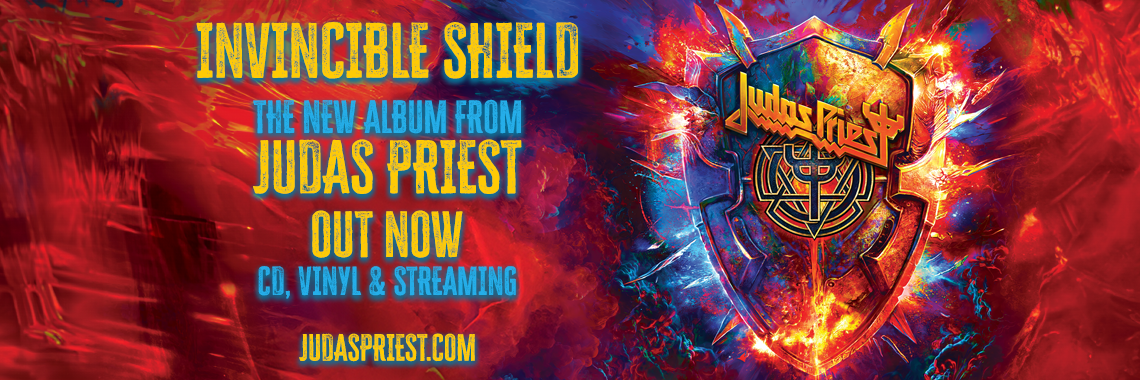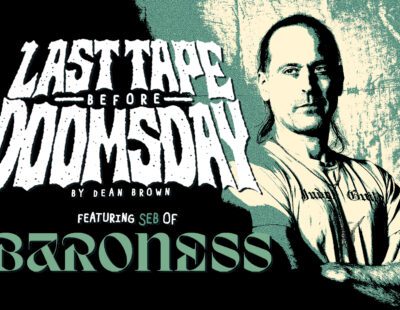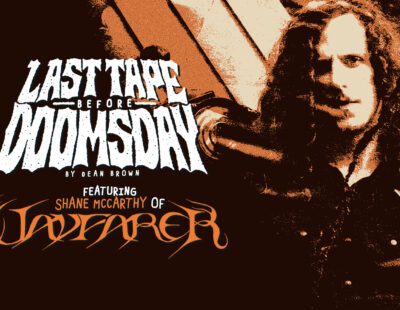
It’s getting colder outside. Daylight Savings Time has arrived in the United States, bringing on evening’s darkness ever earlier. The time is ripe for brooding, contemplation and heavy riffs to contrast with the onset of obligatory happiness that characterizes the coming holiday season.
And what better way to do this than with some of the best death-laden doom metal albums of all time? This style of doom metal, in contrast with earlier Sabbath-devotees like Saint Vitus, emerged during death metal’s original heyday and bore many of it stylistic markers. The sound has since become well-defined and predictable, like many other sub-genres. Still, three British bands stand tall as creative giants: Anathema, Paradise Lost and My Dying Bride.
The amazing thing about all three acts is their originality. I don’t mean this in the sense of “we do weird/random things and are therefore visionaries.” These bands clearly borrowed from past achievements of death metal, doom and death rock. However, each band has a unique and identifiable sound that separates them from their counterparts. For example, My Dying Bride and Paradise Lost both use heavy riffs and string instruments (or at least ones generated by synth here and there), but not in the exact same way. Though the records below do share their origin in Peaceville records, a label also famous for releasing albums by Katatonia and Darkthrone’s most revered work.
So, the time has come to resign yourself to the winter coat still in the back of your closet, brush off your copies of Wordsworth and Shelley, and wallow in the mournful sounds below.
Anathema- Serenades
In a way, the bands here also reflect metal’s trajectory through it’s mid-to-late 90s odyssey. Anathema released their debut album in 1993, featuring original vocalist Darren White and the purest statement of their death-doom beginnings. A few albums later, the band would shift away from their early extremity to something closer to alternative rock. But returning to Serenades, pay particular attention to songs like “Sleep in Sanity,” a song whose two guitars seem to be in a conversation. At times, the guitars are playing the same notes in different octaves, but at others diverge and seem to reflect different shades into the mind’s eye.
Paradise Lost- Gothic
While there’s nothing wrong with Paradise Lost’s debut album, Lost Paradise, this 1991 record would see the band develop into it’s stylistic whole. This album was more than just doom riffs with harsh vocals. It brought in moods typically more associated with goth and death rock, particularly on songs like “Eternal” and “Shattered,” songs which stay with the listener for hours even after just one listen. This marks another item that distinguishes great bands and albums: you remember them. As our own Scott Koerber notes: “In its wake, the Gothic album single handedly opened the gates for countless trends within the metal world, which sought to incorporate melancholy and—above all—melody within heavier sounds.” Heavier indeed, as Gothic still contains crushers like “Dead Emotion” and “Rapture.”
My Dying Bride- Turn Loose the Swans
Perhaps the best-known act here, My Dying Bride’s sound is unmistakable. Heavy extreme-metal riffs from all corners of the black and death metal universe mixed with soaring string instruments and Aaron Stainthorpe’s one-of-a-kind voice. Like Paradise Lost, My Dying Bride had a strong, unassailable debut album with As the Flower Withers. But 1993’s Turn Loose the Swans showed them hone their style, including “The Snow In My Hand,” a song which is rivaled by few others in their catalog as a statement of the band’s strengths. I also like the use of solitary vocals at the beginning of “The Crown of Sympathy,” a tactic which would be used to great effect on the title track of the band’s latest album: Feel the Misery.
(P.S- As an additional Swedish Peaceville bonus round, don’t forget to also give Katatonia’s debut album, Dance of December Souls a spin as well!)







